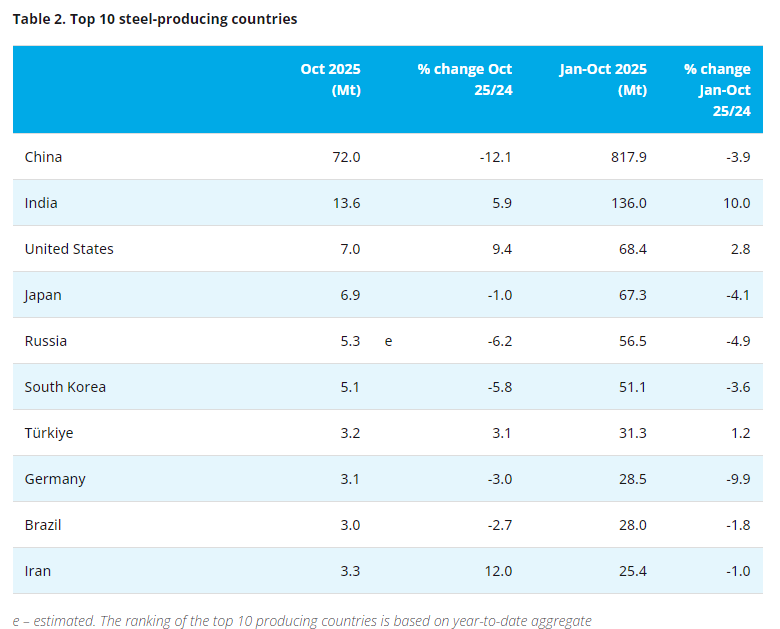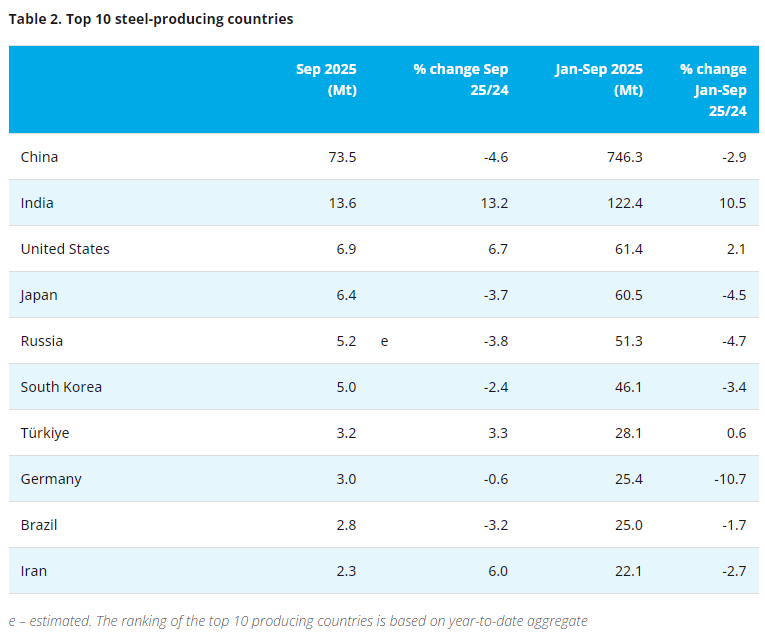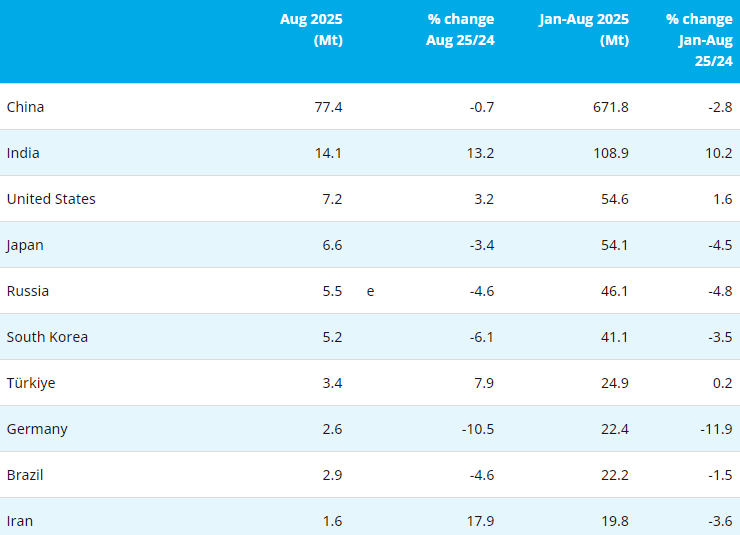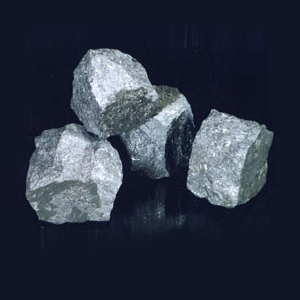[Ferro-Alloys.com] Norwegian power utility Statkraft, steel manufacturer CELSA and Mo industrial park in Northern Norway have signed an agreement to develop green hydrogen for industrial use in high-temperature metal processes, Statkraft said June 3, as the government unveiled its hydrogen strategy.
Hydrogen hub Mo aims to build an electrolysis facility using renewable power to produce green hydrogen. That could then replace the fossil fuels currently used in CELSA's production process.
"The end product will be green steel, in the form of one of the world's most low carbon reinforcement steel for use in construction works," Statkraft said.
The initial plan is to study a production unit capable of producing 2-4 mt of hydrogen per day.
The wider aim of the project is to position the Mo Industrial Park as a center of expertise and a hub for hydrogen in Norway, Statkraft said.
The announcement coincided with presentation of a national hydrogen strategy June 3 by Minister of Petroleum and Energy Tina Bru and Climate and Environment Minister Sveinung Rotevatn.
For Norway, the maritime sector, heavy transport and industrial processes "stood out as the most relevant uses for hydrogen", the government said in a statement.
"An important goal for the government is to increase the number of pilot and demonstration projects in Norway, by contributing to and supporting technology development and commercialization," Bru said.
For hydrogen to be a low- or emission-free energy carrier, it must be produced with no or very low emissions, "such as by electrolysis of water using renewables, or from natural gas with CO2 capture or use," the government said.
And for hydrogen-based solutions such as green ammonia to take root in those sectors, costs had to come down, it said.
While no new money was announced, on May 29 the government proposed a NOK 3.6 billion ($380 million) green restructuring package which would, in part, support hydrogen projects as well as offshore wind and battery storage.
The draft budget package included NOK 2 billion in allocations to state funding body Enova this year to bolster investments in technology development, and NOK 1 billion for a green research platform driving business renewal.
A relatively modest NOK 120 million was earmarked for hydrogen via the ENERGIX program and NOK 25 million to offshore wind research and supply chain development.
Norway's hydrogen association has called for a much bigger commitment on sustainable hydrogen, in line with the European Commission's ambition to see a massive scale-up in production to help meet its 2030 and 2050 climate goals.
Source: S&P Global Platts

Copyright © 2013 Ferro-Alloys.Com. All Rights Reserved. Without permission, any unit and individual shall not copy or reprint!
- [Editor:kangmingfei]



 Save
Save Print
Print Daily News
Daily News Research
Research Magazine
Magazine Company Database
Company Database Customized Database
Customized Database Conferences
Conferences Advertisement
Advertisement Trade
Trade

















Tell Us What You Think